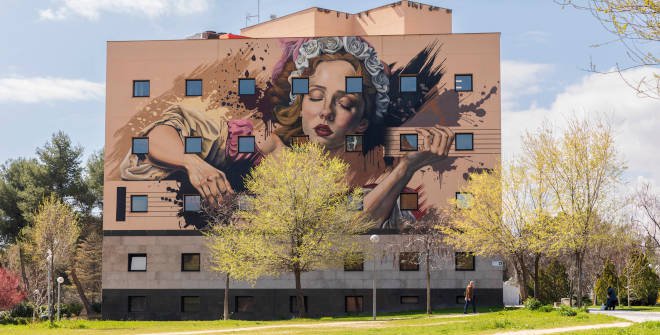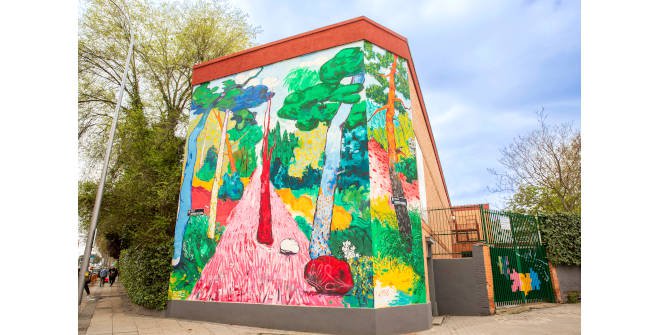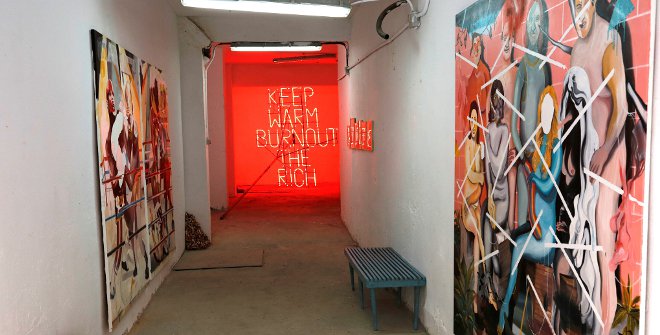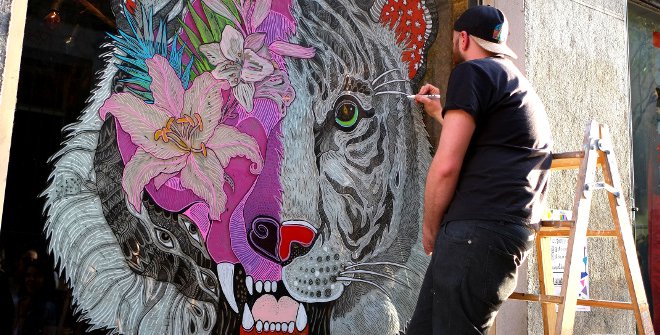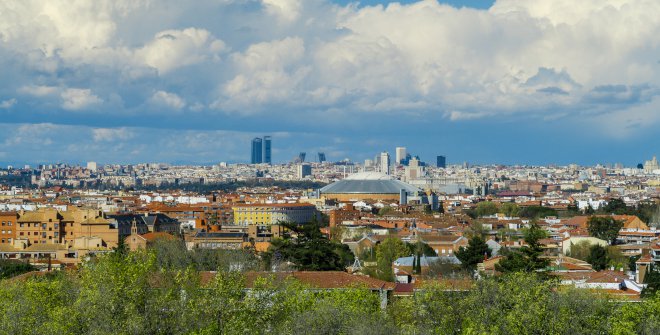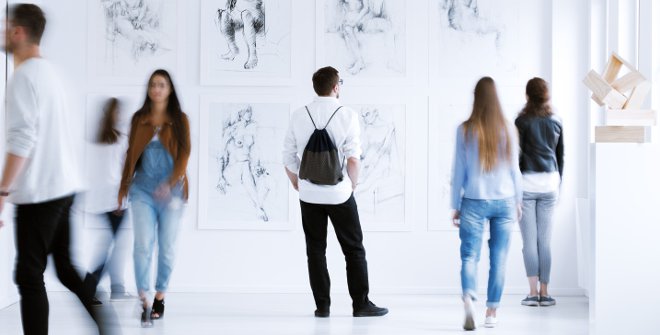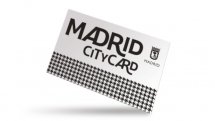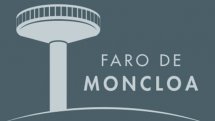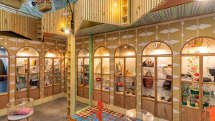Urban Art in Carabanchel and Moratalaz
Venture a little outside Madrid’s city centre to discover two districts, Carabanchel and Moratalaz, which have made urban art their hallmark. Open your eyes and clear your mind because here, it’s all about looking, feeling and thinking. You’re in for a surprise.
Published in esMADRIDmagazine May 2025
Championing street art as an artistic movement beyond graffiti and invasion of the public space or, in other words, discovering new forms of artistic expression and surprising the public at every turn is the main aim of one of Madrid’s most fascinating art galleries, 95 Art Gallery (No. 23 Calle de Álvarez Abellán). To enter, visitors pass through a long corridor completely covered in graffiti. This spectacular entrance could be a metaphor: the gateway to a district, Carabanchel, which has surrendered to street art.
One of the artists responsible for this is Madrid native Sfhir, who runs the gallery but is, first and foremost, a tremendous artist—never was the term more fitting—whose piece The Cellist, in Fene, A Coruña, won Best Mural in the World in 2023.
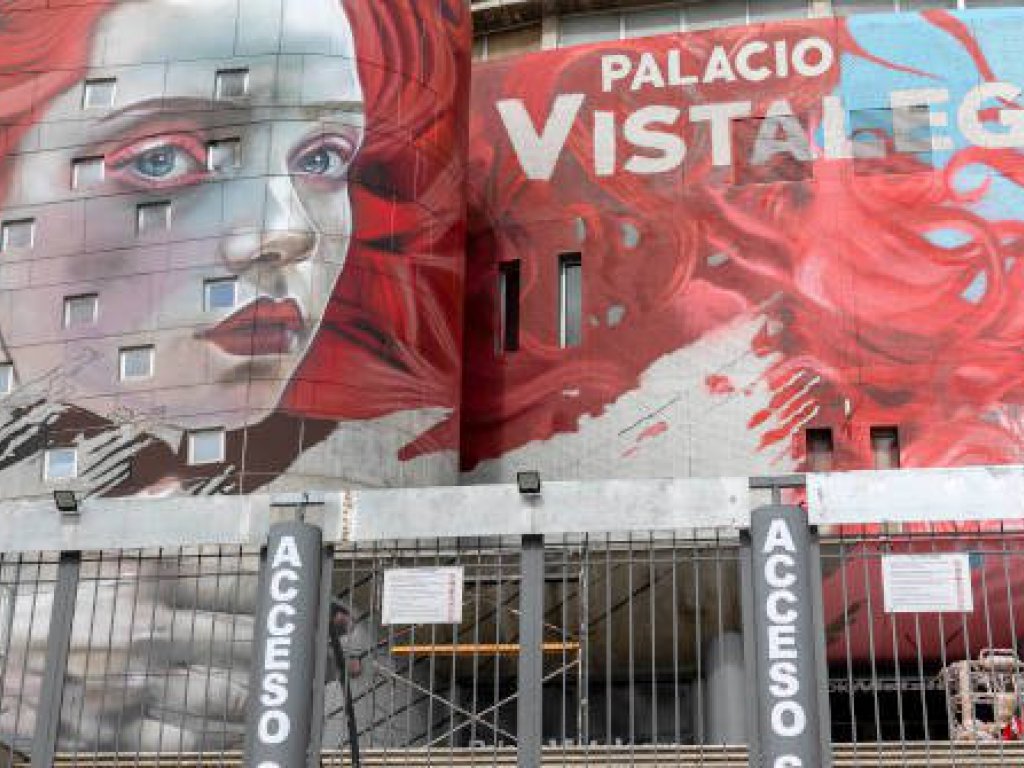
Hugo Lomas (his real name) just completed another challenge by creating a giant mural of over one thousand square metres—the biggest in Spain—on what was once the greyish façade of the southern entrance (Calle de Matilde Hernández) of Palacio Vistalegre Arena. This multipurpose arena was built on the site of a famous bullfighting ring known as La Chata which was demolished in 1995.
He painted the face of a young woman with long hair and red lips whose gaze seems to follow the passersby, who are perhaps doing the Carabanchel Art Route, an itinerary created to introduce us to street art and the cultural identity of the so-called District 11.
Nobody doubts that Sfhir’s work is set to achieve iconic status in Madrid, although this spring it will share the spotlight with another recently unveiled mural. Head to No. 46 Calle del General Ricardos and take a good look to contemplate a mural which strikes an emotional chord with many Spanish readers.
Two artists, the Italian NSN997 and the Spaniard Kerú de Kolorz, have recreated the building—including its usual inhabitants—from 13, Rue del Percebe, a comic strip by cartoonist Francisco Ibáñez which appeared on the back cover of the weekly comic publication Tío vivo (Editorial Bruguera) from 1961 to 1968. They’re all there: the world’s clumsiest and most loveable thief, the perpetually indebted Manolo, the landlady of the boarding house on the first floor, right-hand side... These neighbours, living crammed one on top of the other, continue to captivate the residents of the neighbourhood today.

The street art map includes many more points of interest in the Carabanchel district, which, perhaps due to its traditional Madrid origins, even has its own chulapa (a local woman in traditional dress). She was painted by Jorge Rodríguez-Gerada, a Cuban-born artist who trained in the USA and is an innovative force in street art.
With a white scarf and a red carnation on her head, her expressive eyes watch us from the Old Water Tank of the Colonia Tercio y Terol housing development (No. 7 Calle de Amalarico). On the façade of the school IES Emperatriz María de Austria (No 84 Calle de Antonio de Leyva), there’s one last can’t-miss sight: a forest of bright colours painted by Abraham Lacalle, an artist from Almería.
And there’s more: Muraltalaz
While the district of Carabanchel is in the south of the city, Moratalaz can be found in the southeast. In recent months, it has undergone a true urban revolution with the addition of as many as 15 murals across different spaces such as schools, youth centres, community centres for the elderly and even the ground of a public square. Each one has a plaque providing information on the artist and the artwork, including a code to ensure accessibility for the visually impaired. Inclusiveness, or community making, is one of the key values of street art, a genre with some truly remarkable works of art in this district.
The wonderful Sfhir is one of the artists who worked on a collaborative mural called Synesthesia (Woman with Guitar) at No. 112 Calle de la Fuente Carrantona, an incredibly powerful piece which he defines as the “blending of image, colour and music”. You’ll find many other female faces along this unique route, including a distinctive modern-day Red Riding Hood in Family of Wolves, by Asem Navarro (No. 223 Calle de la Hacienda de Pavones), the woman looking at her phone in Blinded by Blue Light, by Taquen (No. 82 Calle de Luis de Hoyos Sainz), the female scientist in The Discovery, by Lidia Cao (No. 105 Calle de la Hacienda de Pavones), and the woman in The Embrace, by Jota López (No. 134 Avda. de Moratalaz), which reminds us of the care we receive as children from our elders.
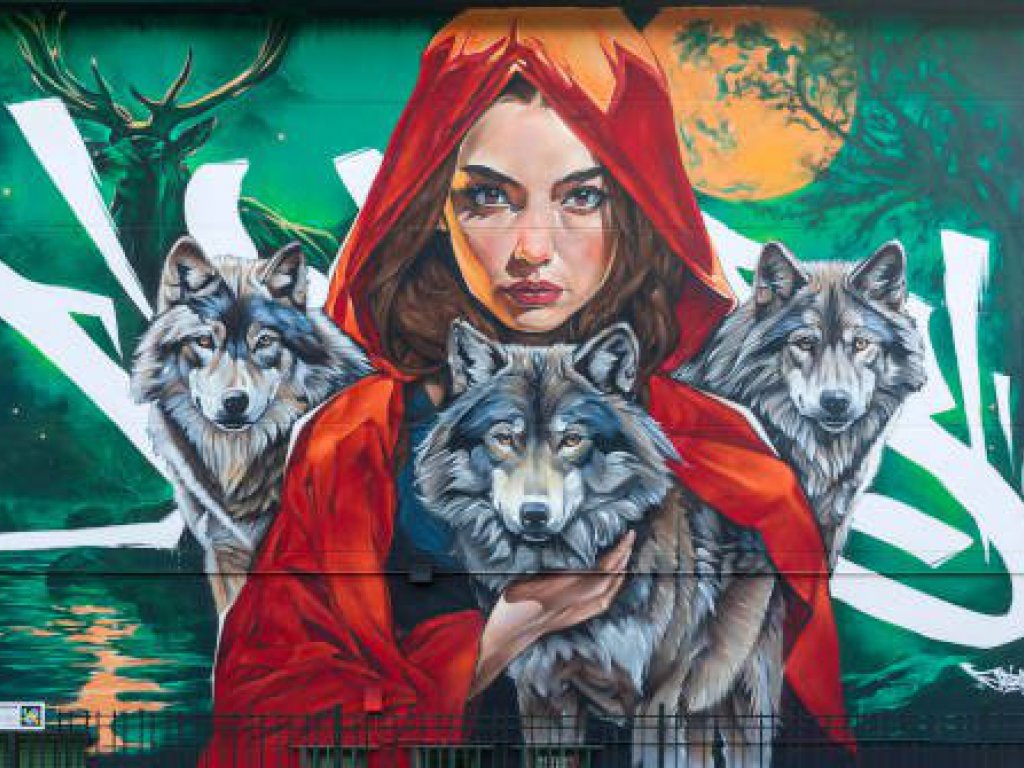
Inspired by the graffiti of the 1980s and 1990s, the duo PichiAvo has created a powerful untitled piece (No. 10 Calle de la Fuente Carrantona) which exemplifies its distinctive Urban Mythology style—a fusion of urban and classic art. French artist Kalouf has delved into the animal world with an acrylic and aerosol painting of a majestic eagle-owl (No. 104 Camino de los Vinateros). Also featured on this fascinating itinerary are: Alegría del Prado (The Bear; No. 104 Camino de los Vinateros), Lucas Farias (Wild Symphony; No. 92 Camino de los Vinateros), Murfin (All-ympics; No. 17 Calle del Alcalde Garrido Juaristi), Eneko Azpirotz Turnes (Life for the Park; No. 107B Camino de los Vinateros), Lidia Cao once again (The Dreamer; No. 114 Calle del Corregidor Juan Francisco de Luján), Zësar Bahamonte (The Farmer; No. 51 Avda. de Moratalaz) and Paula Díaz, who takes us back to the neighbourhood of La Elipa in the 1950s (No. 17 Calle del Alcalde Garrido Juristi). The route comes to an end in front of the mural Understand (No. 52 Calle de la Encomienda de Palacios). Created by the collective Reskate, it’s inspired by the phrase “To read without understanding is to look without seeing”. With that in mind, let’s look and see everything!
